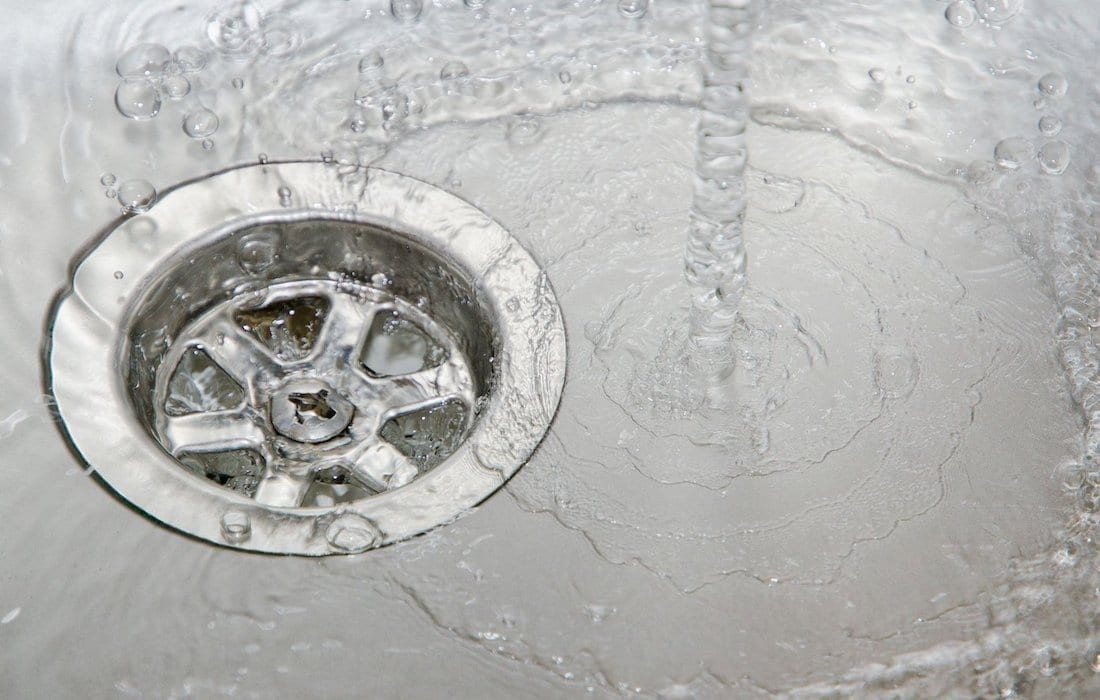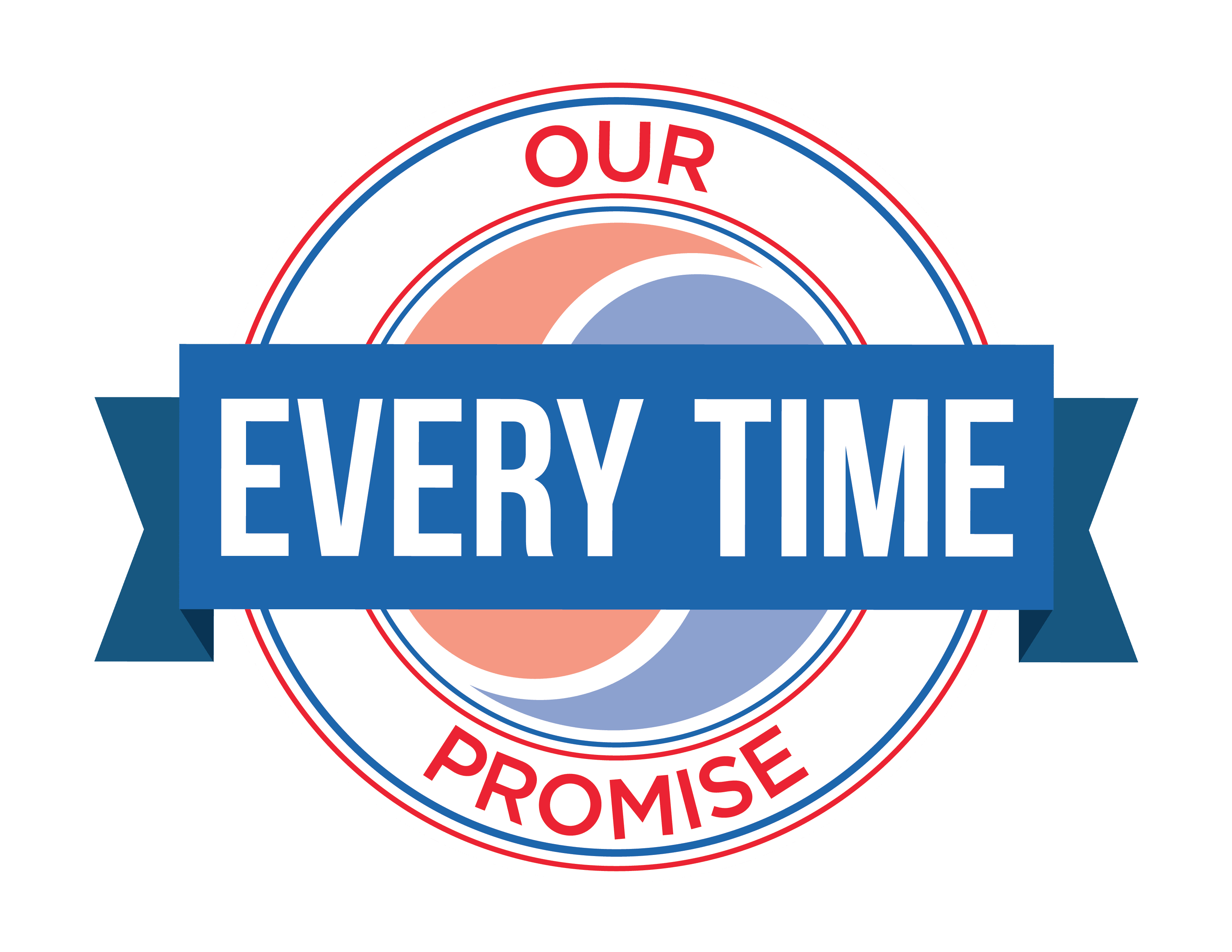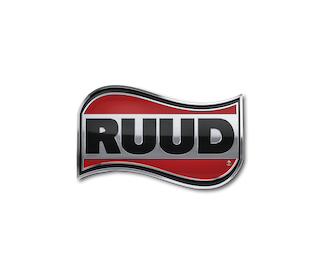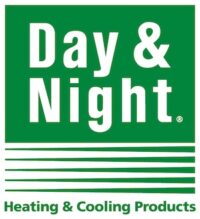A clogged drain is not only an inconvenience, but it can also cause serious issues to your plumbing system. From leaks to unpleasant smells and residue, a drain clog is not a problem that can wait. You’ll need to fix the clog fast to minimize any disruptions for you and your family.
6 Ways to Clear a Clogged Drain
While some clogged drains may be severe enough to require a plumbing professional, others can actually be resolved at home using certain DIY methods. If you suspect a clogged drain in your home, follow our helpful steps to solve the issue.
1. Check for Obvious Blockages
While a blocked drain can be an indicator of a more significant issue, many times, the clog can be quickly eliminated. Before starting, inspect under bathroom or kitchen sinks to check for a clogged drain causing a leak. If there is a leak, contact a licensed plumber to examine it as soon as possible.
After checking for leaks, you should examine the drain for any immediate blockages. Certain items like hair or food particles are common culprits of a clogged drain. If you see an excess of these items near the opening of your drain, try removing them and testing the drain again before moving to other solutions.
2. Use a Drain Treatment
If there are no immediate items causing issues within your drain, then your clog is likely farther down in the pipe where you can’t see it. A clogged drain like this can be caused by an extensive amount of hair or food in the drain, or a severe build-up of fat, oil, grease, or soap scum that can block the flow of water.
For these cases, a drain treatment like Drano can help remove these deposits and blockages. Agents like Drano use a combination of water, bleach, and toxic chemicals to break down the deposits.
If you and your family would like to avoid pouring harmful chemicals down your drain, we recommend a more natural product like BioSmart. Comprised of naturally occurring strains of live, vegetative bacterial cultures, BioSmart immediately starts clearing away clogs without resorting to toxic chemicals.
3. Try a Drain Snake
Plumbing snakes are a popular tool for unclogging any drain. They can be purchased anywhere from $10 to $200, depending on the type.
To use, put the plumbing snake down the drain and pipe. Once the drain snake is a few inches in, crank the handle and navigate downwards until you can feel the blockage. For a seamless fix, keep cranking the drain snake to ensure it is fastened to the object. Lastly, slowly pull the snake and object attached from the drain.
4. Use a Plunger
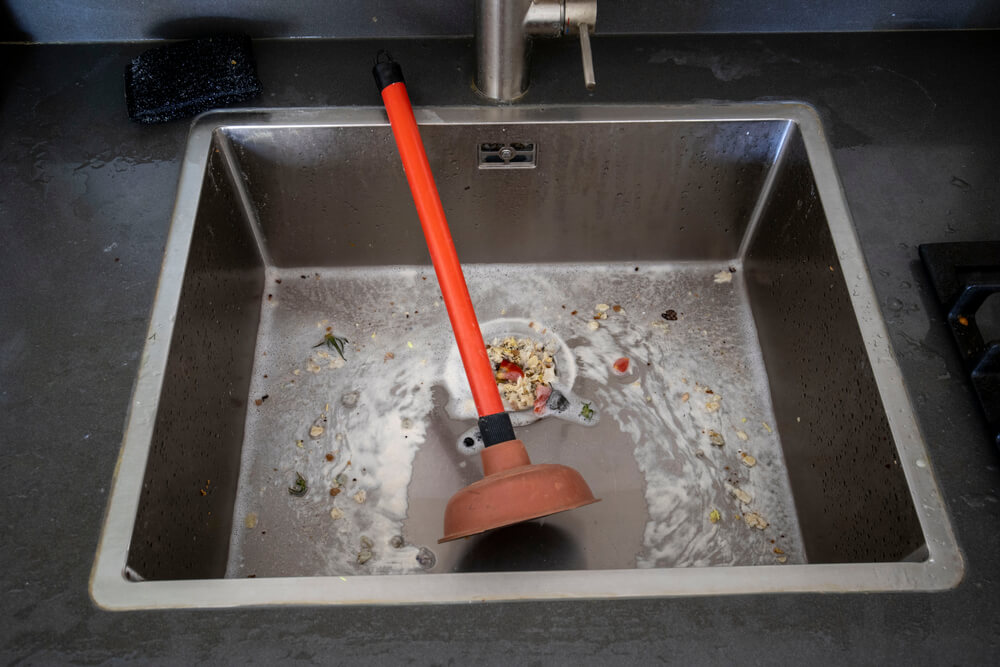
Although it’s common practice to use a plunger on your toilet for any clogs, this versatile tool can also be used to remove elements from your drain pipe. The most popular and effective style is the cup-style plunger. When in the process of unclogging, remember to plug the overflow opening of the sink to ensure the best results.
Additionally, for double-basin sinks, close the second drain near the clogged one. To plunge, cover the drain opening completely with the plunger head and fill the sink with enough water to submerse the plunger fully. Using quick up-and-down motions, start plunging the sink drain, ensuring the cup stays sealed onto the drain. After every six or so plunges, check and repeat the process until the water drains completely.
5. Have Your Pipes Professionally Cleaned
Having your pipes professionally cleaned allows for improved drainage and water flow. Rather than just treating the clogged drain, professional pipe cleaning targets every pipe in your home to ensure the prevention of any future clogs.
Licensed plumbers have access to advanced plumbing tools like a water jet to clear out dirt, sludge, debris, and other common contaminants that cause issues in your pipes.
6. Have Your Plumbing System Checked
Preventative maintenance is by far the best and easiest way to prevent major clogs or other plumbing issues. It’s best practice to have your plumbing system inspected by a professionally licensed plumber at least once a year. These checks can clear out blockages before they become severe and ensure that critical buildups aren’t occurring in your pipes over time.
How to Avoid a Clogged Drain
There are many preventative measures you can take as a homeowner to avoid a clogged drain.
First of all, it’s important to have an understanding of what should and shouldn’t go down the drain itself. In the kitchen, this includes fibrous vegetables, potato peels or anything starchy, fat, grease, and oil. In the bathroom, avoid flushing anything down the toilet outside of human waste and toilet paper. This would include “flushable” wipes, feminine products, toothpaste, floss, hair, and more.
You can avoid a clogged drain in other ways, as well. This should include:
- Cleaning your drain and drain stoppers regularly
- Bathing pets outdoors, or using a washcloth to block the drain when bathing indoors
- Running water while using the garbage disposal
For more information on preventative plumbing maintenance or immediate assistance with a clogged drain, contact Fayette Heating & Air today.


 Skip to content
Skip to content

